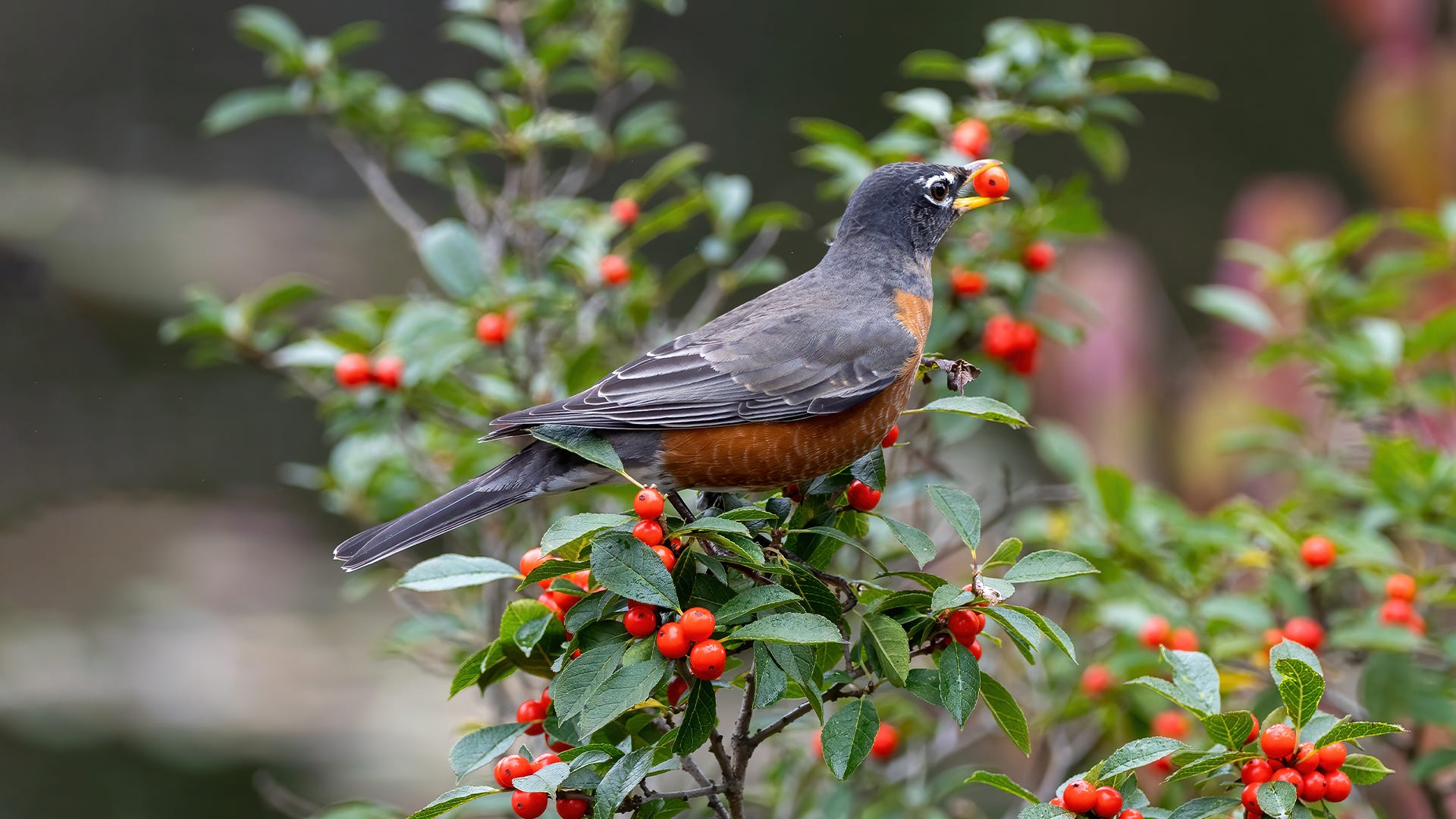
With bold colors and even bolder personalities, woodpeckers are amazing birds to have in the yard. Their unique vertical foraging on trees is always entertaining to watch. Because woodpeckers eat plenty of grubs, beetles, ants, and other insects, they also provide top-notch pest control for gardeners. As year-round residents, they’re welcome guests in every season. But how can we make our yards woodpecker-friendly to bring keep these birds coming back?
Woodpecker Species You Can Attract
There are roughly 200 woodpecker species in the world. More than 20 species are regular residents or visitors in North America. Not all of them will happily visit yards or gardens, however. The woodpeckers that visit your yard will depend on the local geography and habitat, which woodpeckers are within range, and what resources are available for their use. The top woodpeckers to visit suburban areas include:
- Downy woodpecker
- Hairy woodpecker
- Northern flicker
- Pileated woodpecker
- Red-bellied woodpecker
- Red-headed woodpecker
- Red-breasted sapsucker
- Yellow-bellied sapsucker
Each of these woodpeckers does have slightly different preferences for food, plants, and watering holes. Still, their needs are similar enough that a woodpecker-friendly yard could easily attract several different species. To attract these birds, however, it is crucial that backyard birders meet woodpeckers’ needs for suitable food, water, and shelter.
What to Feed Woodpeckers
Woodpeckers have varied diets and change their feeding preferences depending on what foods are most readily available, easiest to get, and most abundant in different seasons. In spring and summer, these birds feast on grubs, caterpillars, and a variety of other insects. Minimizing insecticide and pesticide use is essential so these foods are available.
In late summer and fall, woodpeckers may switch to a diet that includes more berries as fruits ripen. Planting serviceberry, holly, dogwood, or elderberry bushes will ensure a vibrant and abundant food source.
In winter, woodpeckers eat a greater variety of nuts, including acorns, beechnuts, and pine nuts. Any yard with nut-bearing trees is likely to be a favorite feeding area for hungry woodpeckers.
Offering supplemental feeders in all seasons is a great way to offer more food to attract more woodpeckers. Suet feeders are especially popular, and positioning the feeders close to a tree trunk will help woodpeckers feel more comfortable. Suet can also be smeared directly on the trunk of a tree. The birds will eagerly make the most of it.

Other foods that attract woodpeckers include:
- Sunflower Seeds – Offered whole or shelled, in hopper or platform feeders
- Jelly – Great in spring and summer, offered in small open dishes
- Peanut Butter – Offered smeared on trees or in small dishes
- Peanuts – Whole or shelled, offered in feeders, on platforms, or tossed on the ground
- Nectar – Offered in larger, more stable feeders with perches for woodpeckers
- Seed Blocks – Stacked vertically with a variety of seeds to entice these clinging birds
The more woodpecker food options you offer, the more hungry birds you can attract to your feeders.
Woodpeckers Need Water
Woodpeckers can be shy about visiting bird baths, but they do still need fresh, clean water sources for drinking, bathing, and preening. Positioning bird baths in more isolated areas is best, and either pedestal-style baths or ground bird baths will entice woodpeckers. The basin should be no more than 1-2 inches deep to accommodate these birds, and adding a simple bubbler or dripper can catch the birds’ attention and bring them to the water source more quickly.
Baths should always be kept clean to minimize the risk of spreading diseases through contaminated water. A heated bird bath is essential in northern areas to provide these birds with fresh water even during the coldest winter months.
Shelter for Woodpeckers
All birds need safe, secure shelter to retreat to when they feel threatened, as well as for overnight roosting or protecting from poor weather. For woodpeckers, mature trees are preferred, and they will make use of either deciduous or coniferous trees. Planting several trees close together to create a miniature woodland or thicket-like area will help these birds feel most comfortable. Snags and hollow trees should be left intact if possible. You can also create a tall woodpile or dense brush pile for woodpeckers to use.
Many woodpeckers will also use birdhouses if they are the proper size and have the right size entrance hole, and birdhouses can even be left up in the winter as overnight roosting spots for downy woodpeckers and other small birds.
Attracting Too Many Woodpeckers
While it can be fun to attract woodpeckers and enjoy their company in the yard, these birds can occasionally become bothersome if they start drilling or drumming on inappropriate surfaces. Left unchecked, woodpeckers can do considerable damage to wooden siding and eaves or fences. They may even damage chimneys, downspouts, or other structures.
When woodpeckers start pecking away in improper places, repairing the damage and covering the area with wire mesh or netting can discourage their behavior and urge them to find a more appropriate location. Adding reflective, moving windsocks or spinners close to inappropriate pecking spaces can also keep woodpeckers away without harming the birds.
Offer woodpecker-friendly resources and you can easily bring these enthusiastic little drummer birds to your backyard.







